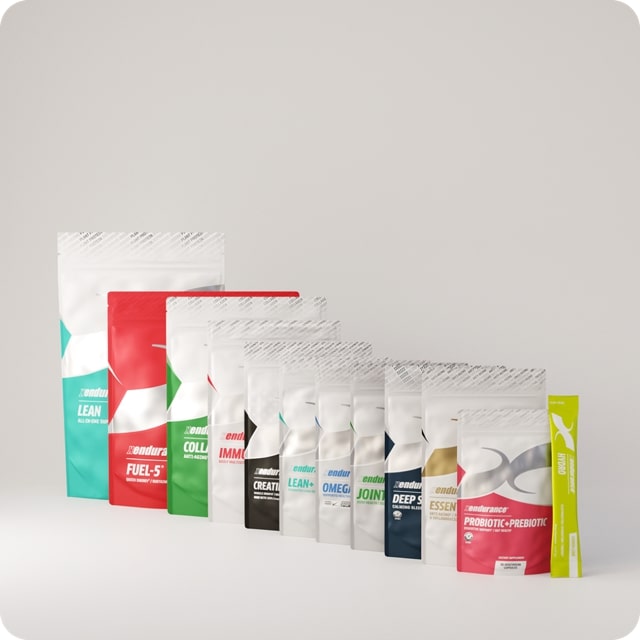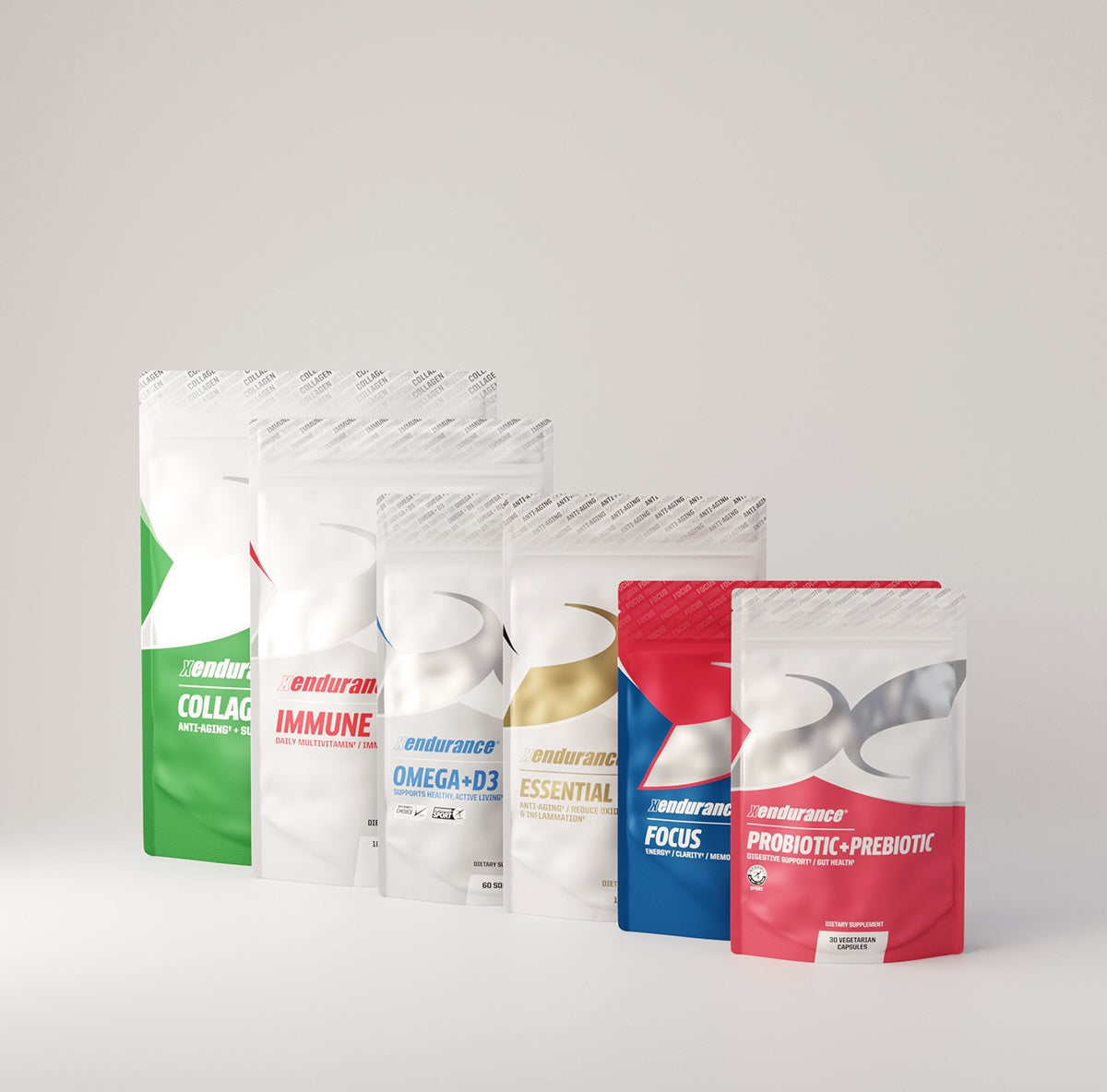There’s nothing better than cuddling up under a warm blanket in the wintertime. However, there are a lot of benefits to staying active in cold weather. For instance, studies have found that cold weather running can help combat the winter blues.
While there are added challenges — physiological changes and increased risk of injury or hypothermia — you can do cold weather running without any adverse effects. The key is keeping warm and engaging in safety practices while running outside.
How exactly? We’re taking a cue from soldiers in cold-weather army training, and here are the best strategies to keep warm while running in cold weather.
How to Keep Warm During Cold Weather Running
1. Wear Appropriate Clothing
The best way to stay warm is to wear the appropriate gear for cold weather running. However, this doesn’t mean wearing your usual winter coat. Wearing bulky clothing will just increase your risk of injury.
Taking a cue from soldiers attending cold weather army training, the key is to dress in layers. Since soldiers need to keep active, their clothing should not restrict movement.
Choose lightweight clothing made of polyester or polypropylene for your base layer. These synthetic materials dry quickly and do an excellent job wicking away moisture.
The second layer is insulation, so choose clothes made of polyester fleece or wool. This keeps you warm by preventing excess body heat loss.
Lastly, the outer layer should be waterproof to repel wind and rain and breathable to ensure moisture is transferred into the air.
Similar to soldiers training in cold weather, you can adjust layers depending on your activity. You can remove outer layers when running or working out. This is because your body generates heat, enough to keep you warm during cold weather.
However, make sure to add back layers when you’re resting. Wet or sweaty clothing can freeze and put you at risk of hypothermia.
Even soldiers who endure a lot during cold weather training have difficulty being wet and cold. This is because you lose body heat rapidly, making it nearly impossible to keep warm.
2. Cover Up Your Extremities
In cold weather, the body tends to direct heat toward its core. That’s why your head, ears, hands, and feet are the first to feel cold. So to keep warm while running in cold weather, cover up your extremities.
Wear knit caps, balaclavas, or hats with ear muffs to keep your head warm. If you find it harder to breathe in cold weather, wearing a scarf can also help you breathe warmer air.
Then, put on gloves or mittens to keep your hands warm. Since thick gloves can restrict dexterity, you can opt for liner gloves with moisture-wicking capabilities.
You should also wear thick socks to keep your feet warm. However, you may need to wear larger shoes to accommodate the added thickness.
Even with thin socks, the most important thing is never letting them get wet. Bring extra pairs if you’ll be out running for a long time or even as a precaution.
Lastly, a pair of sunglasses can protect your eyes from the wind and glare during cold weather running.
3. Warm Up Before Cold Weather Running
Cold weather causes the body’s chemical processes to slow down. This can cause your muscles and joints to tighten up, limiting your range of motion. So to avoid cold weather injuries, it’s important to warm up the body before going out to run.
Opt for dynamic stretches such as lunges and squats. These are better than static stretches because they help loosen up your joints, improve blood circulation, and warm up your tissues and muscles.
Cooling down is just as important. Make sure to do a quick cool down to restore normal heart rate after cold weather running. This also helps minimize potential tightness in your muscles and jumpstarts the recovery process.
4. Load Up on Carbs
Our body requires more energy to exercise or run in cold weather. According to experts, we need about 10 to 40% more calories to ensure optimal performance and reduce the risk of cold weather injuries.
Even SEAL students are at risk of early onset fatigue, decreased performance, and have a higher risk of injury when they don’t fuel up with enough carbs during winter training.
You can quickly increase your caloric intake by eating breakfast, lunch, and dinner — plus snacks throughout the day.
Make sure to consume carb-rich foods or carb beverages to maximize your glycogen stores before cold weather runs. Then, for every 30 to 60 minutes of activity, eat a carb-rich snack to replenish your energy stores.
A post-workout snack will also help with repair and recovery after cold weather running.
5. Remember to Hydrate
We sweat just as much when running in cold weather, but we don’t notice it as much. Studies also found that exposure to the cold can decrease the sensation of thirst by up to 40%. In addition, cold weather can also increase one’s urine output.
So if you don’t replenish your fluids while running in cold weather, you may put yourself at risk of dehydration. Without enough fluids, the body has more difficulty regulating heat, and you’ll have trouble enduring the cold weather.
As such, ensure to hydrate before, during, and after cold weather running — even if you don’t feel thirsty. You may need to set up alarms on your phone to avoid forgetting.
As an option, bring along a thermos with soup broth, tea or hot beverages to help you keep warm. However, avoid alcohol, as it only gives you a false sense of warmth. Not only will alcohol impair physical performance, but it can also increase your risk of hypothermia.
Choose to hydrate during snack breaks, as eating food can improve fluid consumption.
Overcoming the Challenges of Cold Weather Running
“Battle Cold, Conquer Mountains” is the motto of cold weather army training. Just as soldiers can learn how to perform their duties in extreme temperatures, you, too, can learn how to run optimally in cold weather.
The key is to keep yourself warm while engaging in intense physical activity in cold weather. This includes wearing the proper gear for cold weather running, warming up and cooling down the body, and ensuring adequate intake of carbs and fluids.
As long as you follow these strategies, you can easily achieve peak running performance, even in cold conditions.
Just remember that your safety is the utmost priority. If you face unfavorable weather conditions, you can always postpone and cuddle up on the couch instead!









Leave a comment
This site is protected by hCaptcha and the hCaptcha Privacy Policy and Terms of Service apply.